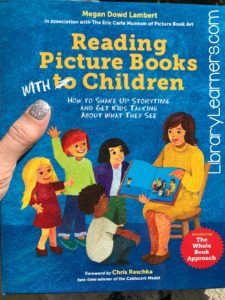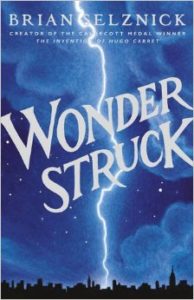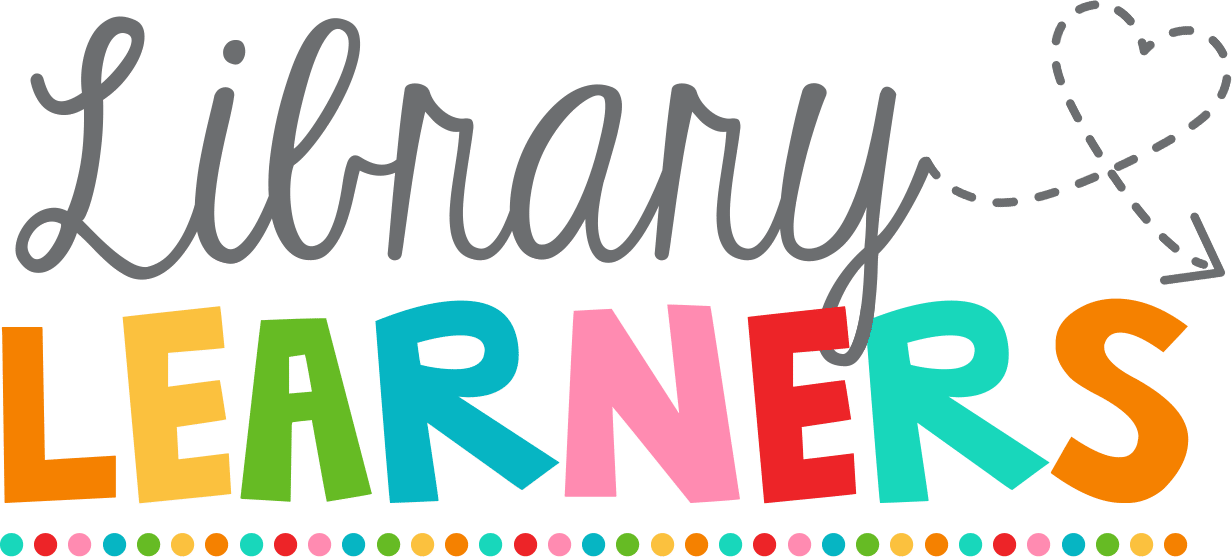Reading Picture Books With Children 4: Front Matter
Hi friends!
Even these short chapters of Reading Picture Books With Children are filled with meaningful ideas to share with our students! Are you ready to talk about Chapter 4, Slow Down and Look: Front Matter?

Pointing Out the Different Pages By Name
Let’s look at the different pages that author Megan Dowd Lambert includes in her discussion of front matter.
Dedication Page: the inscription dedicating a book to a particular person
Title Page: a page at the beginning of a book giving its title, the names of the author and publisher, and other publication information.
Verso: the left hand page of an open book.
Recto: the right hand page of an open book
Frontispiece: A verso picture facing a recto title page
I don’t plan to use all of these terms in discussions with my youngest students, but we already talk about the title page on a regular basis.
Why Slow Down and Look?
The author makes the case that illustrations in the front matter include narrative content: constructing characters, introducing drama, and concluding the book. (page 31) Indeed, our understanding of some picture books, like her examples of Hush, Little Baby and Bully, is incomplete without “reading” this artwork.

This chapter reminded me of Brian Selznick’s book, Wonderstruck, where half of the story is told through illustrations alone. If you skipped those illustrations, you would not understand the whole story. I think that I *may* have read picture books with children and skipped right to the first page, without sharing the “paratexts” (meanings that are alluded to, above or beyond the printed text) with them. Have you ever done that?
When we jump to page one, we are missing the chance to “set the stage for rich engagement with the illustrations, paired with text, in the book proper” (page 37). We’re also missing an opportunity to help our students learn visual literacy along with text literacy. When they view infographics and read graphic novels, they’ll need to understand how to “read” pictures. I know that I want to make more of this opportunity with the front matter.
Thank You
Thank you for joining me in our virtual book club! I hope that you are reflecting on your own storytime practices, as I am, and improving them with the strategies discussed in Reading Picture Books With Children! Let me know in a comment what you are learning and changing. In two weeks, we’ll talk about Chapter Five: Typography!




This book study has made me more aware of ALL the parts of a book. I find that it has made my story time with my Pre-K students more engaging as well as entertaining.
Having been enjoying learning fit along with everyone else.. Makes me want to be in the audience during one of these sessions to experience it! I to o have been taking more time with the books I share with my students. They really do pick up on some great things! Like why the color of the end papers might matter and some details of pictures before the story starts!
Thanks for your comment, Maureen! I’m so glad you joined us to share this book together!
Cari